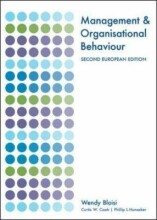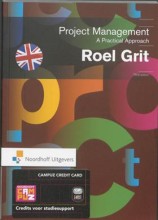Relative clauses
12 important questions on Relative clauses
What are the main functions of relative clauses in noun phrase structure?
- They act as a modifier in sentences.
- Contain a relativised element that connects to the head noun.
- Can show various functions:
2. Object (e.g., which)
How do supplementary relative clauses differ from integrated relative clauses?
- They are loosely attached and separated by punctuation or intonation.
- The relativised element is often overt.
- They refer to a larger unit:
2. Complete clause (e.g., he overslept)
What characterizes the fused relative construction?
- It is more structurally complex than standard relative clauses.
- Allows for combinations like:
2. What books he has
- Higher grades + faster learning
- Never study anything twice
- 100% sure, 100% understanding
What is the nature of the relativised element in relative clauses?
- It relates back to the head noun.
- Can be either:
2. Covert (e.g., in some forms)
In what forms can the relativised element appear in relative clauses?
- As a Subject (in who spoke)
- As an Object (in what I lent)
How can relative clauses affect sentence structure?
- Integrated clauses are tightly linked to the main sentence.
- Supplementary clauses provide additional information.
What is an example of a fused relative construction?
- Whoever wrote this must be naive.
- You can invite who you like.
What distinguishes noun phrases from clauses in the context provided?
- naive
- invited
- spent
- located in the attic
How do subjects with the form of clauses function grammatically?
1. 3rd person singular verbs
- This differs from plural noun phrase subjects.
What is the significance of "fused" constructions in noun phrases?
- Head of the noun phrase
- Relativised element
How do noun phrases differ from interrogative content clauses based on examples?
- Asking for an answer
- Different meanings
How does the subject-verb agreement differ in interrogative contexts?
- Is singular
- Agrees with clausal subjects
The question on the page originate from the summary of the following study material:
- A unique study and practice tool
- Never study anything twice again
- Get the grades you hope for
- 100% sure, 100% understanding






























